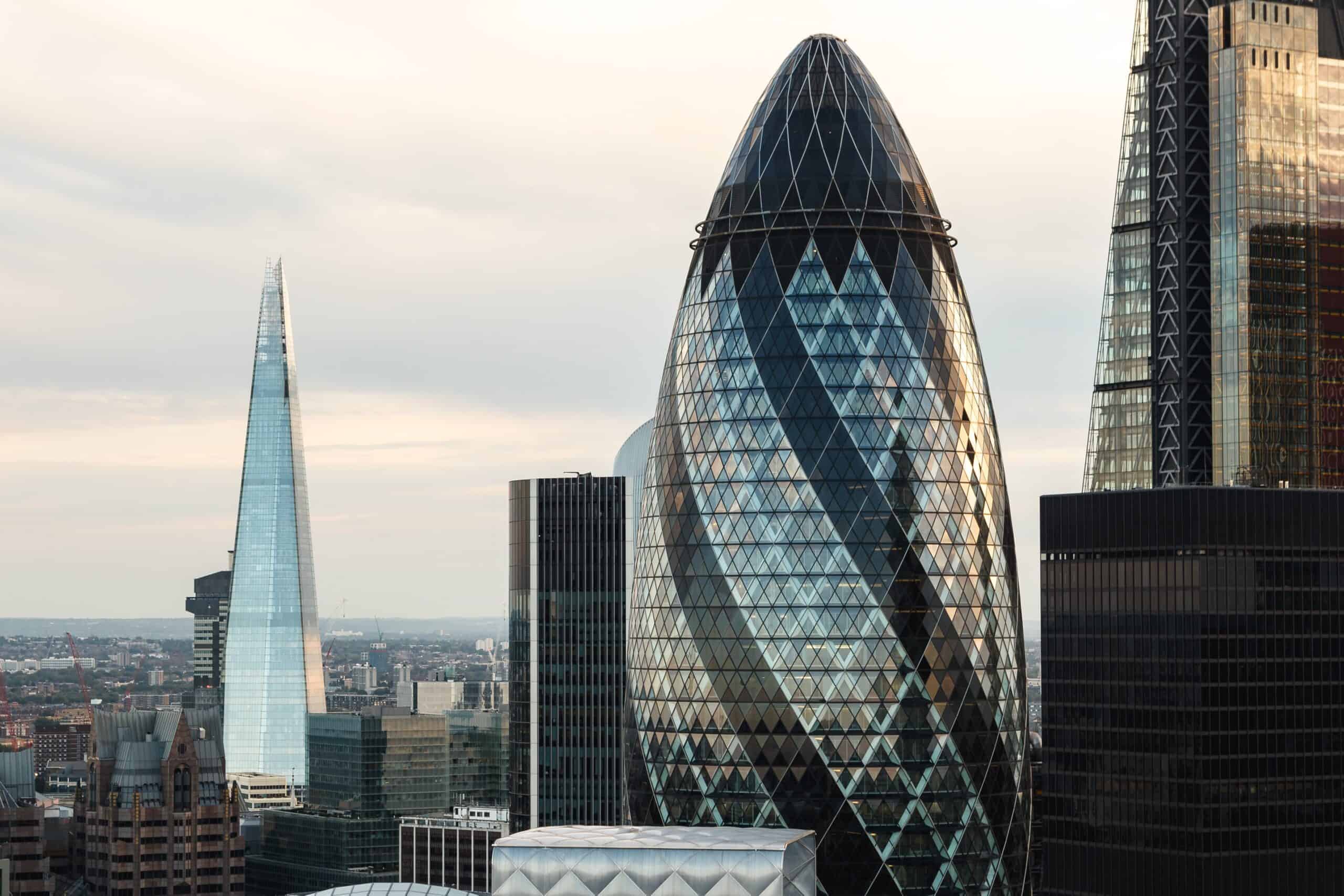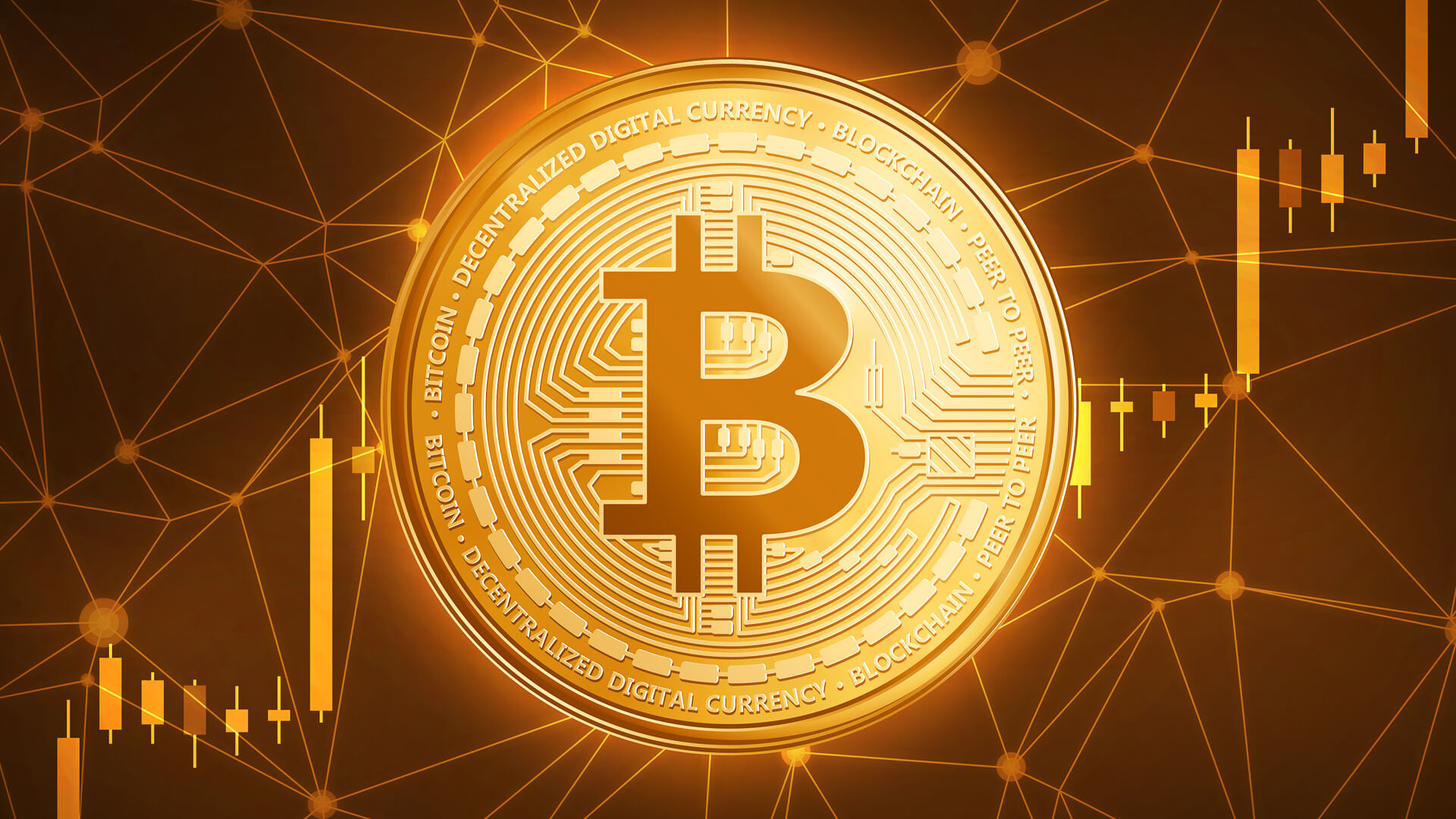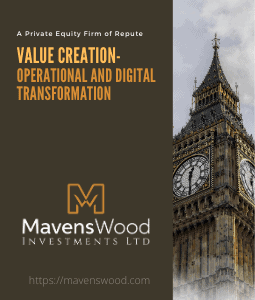The special purpose acquisition company (“SPAC”) is on the rise. A surge of offerings by a series of high-profile SPACs in the last several months has led to record levels of capital being raised by SPACs in 2020. As SPACs become a routine part of M&A processes, private company sellers and their shareholders are being presented with new opportunities that require informed and creative navigation.
I. Background
A SPAC is a company formed to raise capital in an initial public offering (“IPO”) to finance a subsequent merger or acquisition within a time frame specified in its charter, typically two years. The target firm, which must not yet be identified at the time of the SPAC’s IPO, becomes public as a result of the transaction (often referred to as a “business combination” or a “de-SPAC transaction”). So far this year, a total of $30.4 billion of capital has been raised by SPACs in over 75 IPOs, a marked increase from the previous record, set in 2019, of $13.6 billion raised in 59 IPOs. The average size of SPAC IPOs has also grown from approximately $230 million in 2019 to more than $400 million so far in 2020.
Along with larger offering sizes, a greater number of SPACs are being established by prominent former public company executives with the goal of acquiring a target in the executive’s industry or a related industry. A number of large, well-regarded financial institutions and private equity firms are also sponsoring SPACs. Not coincidentally, a growing number of deal announcements by SPACs have been well received by investors, and many companies that have gone public through a de-SPAC transaction have maintained stock prices well above the SPAC’s IPO price. These trends have helped SPACs become a fixture of the current M&A environment and reduced their historical associations with financial underperformance and risk.








